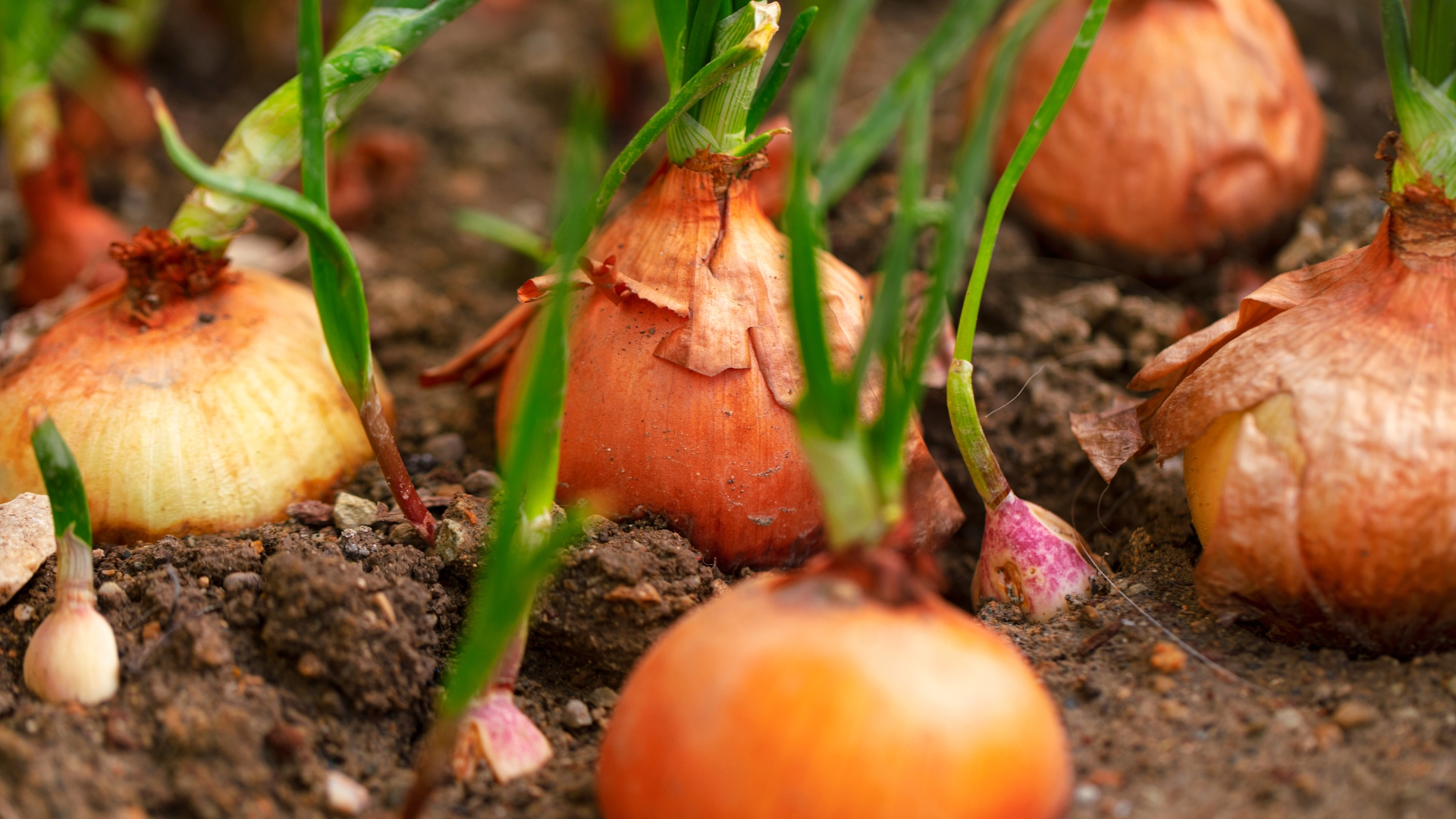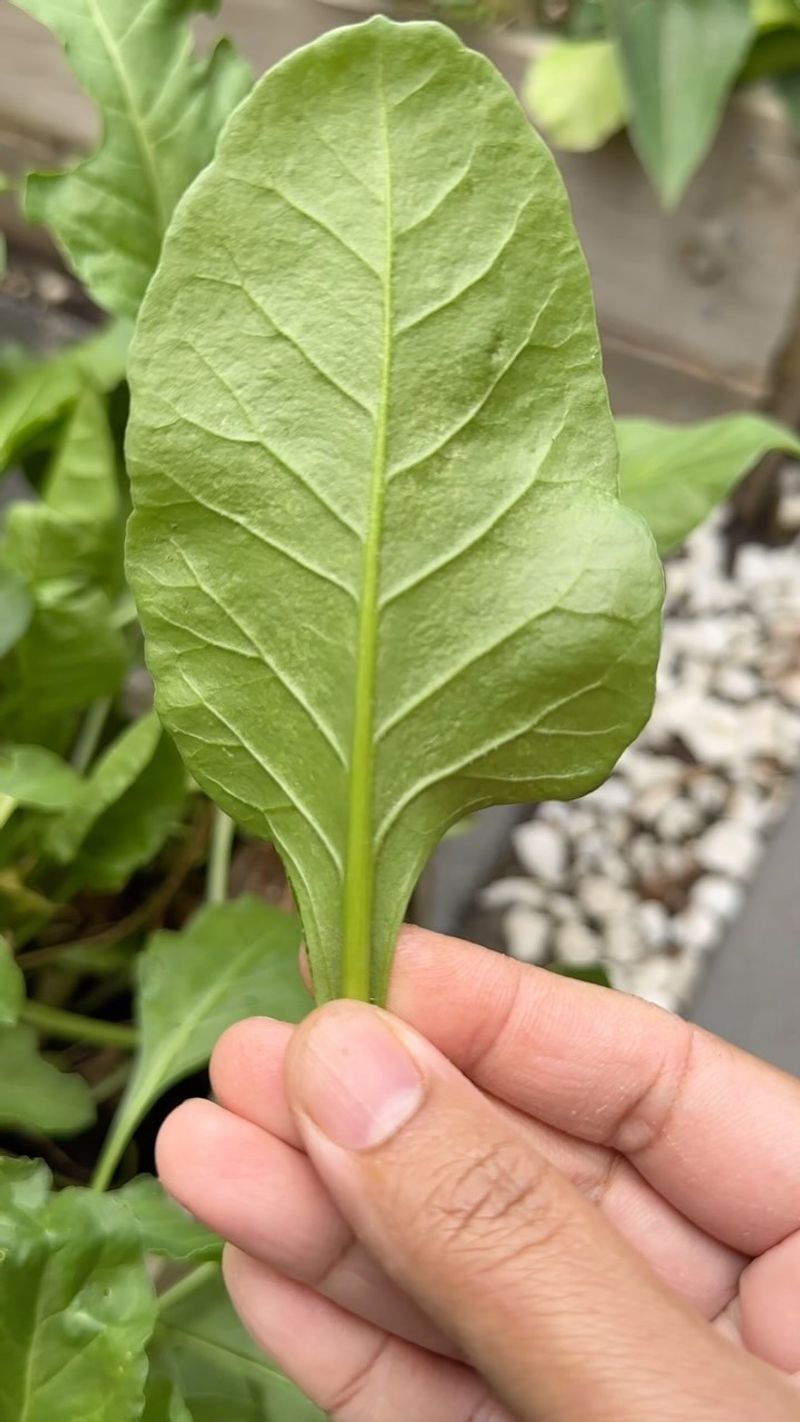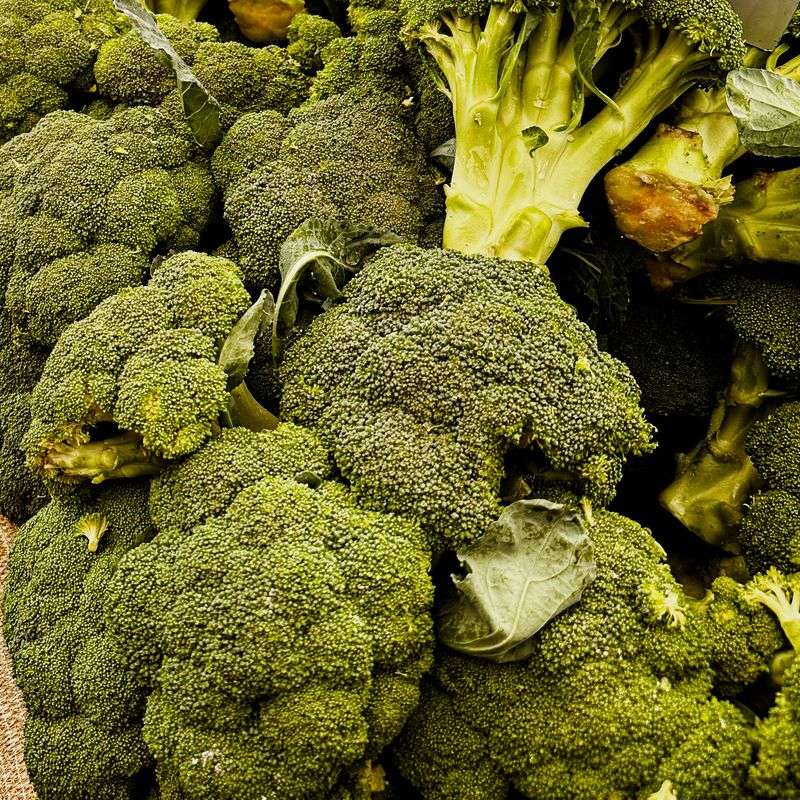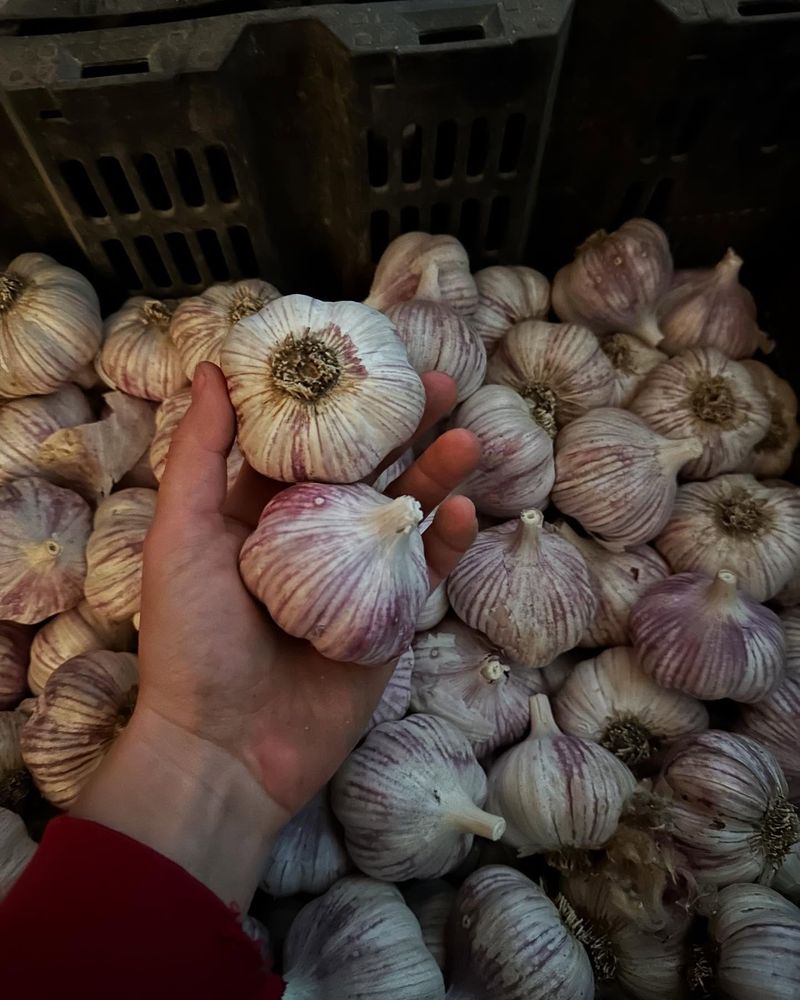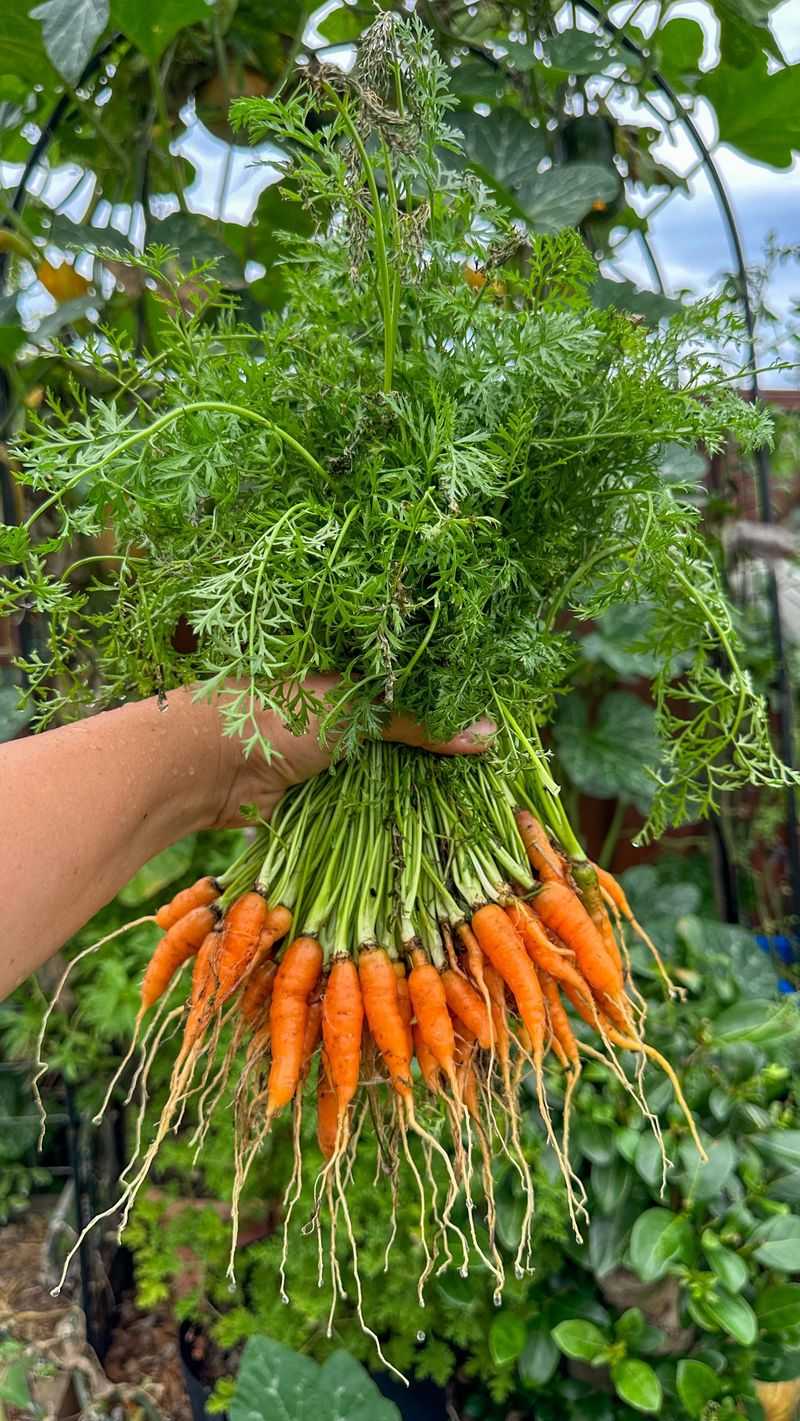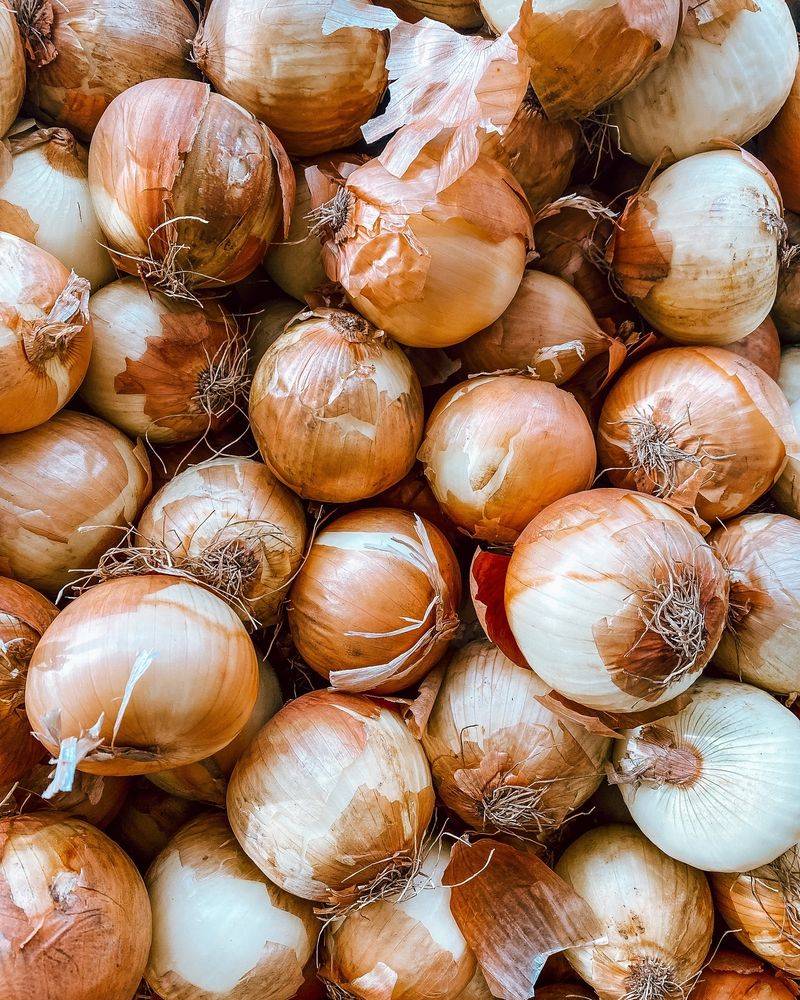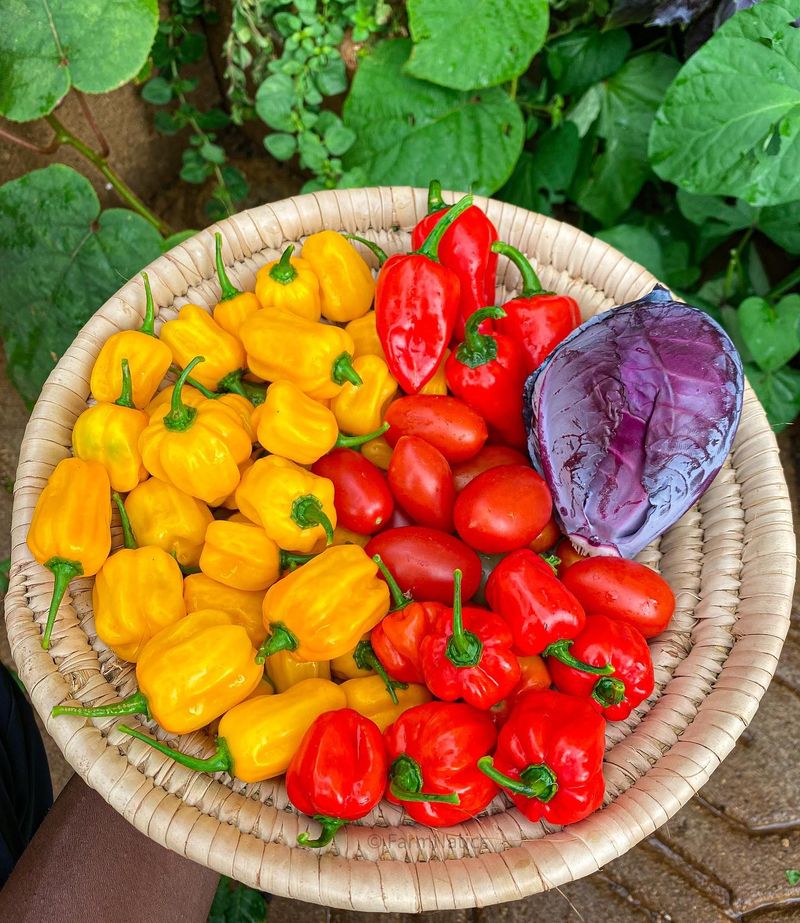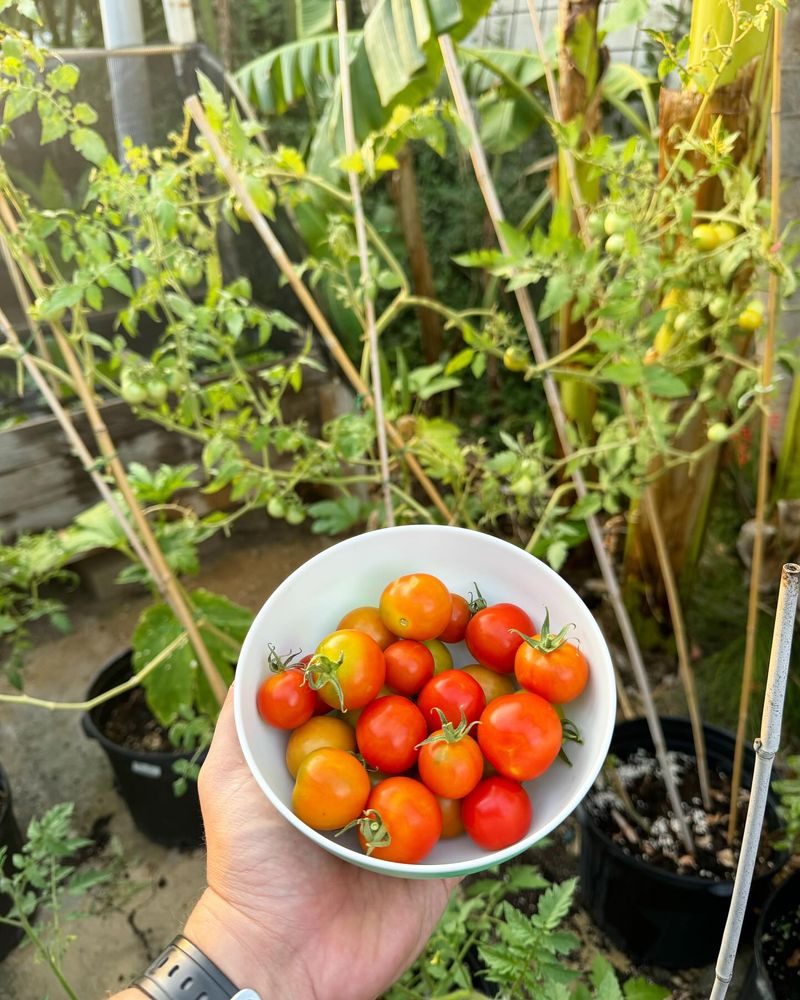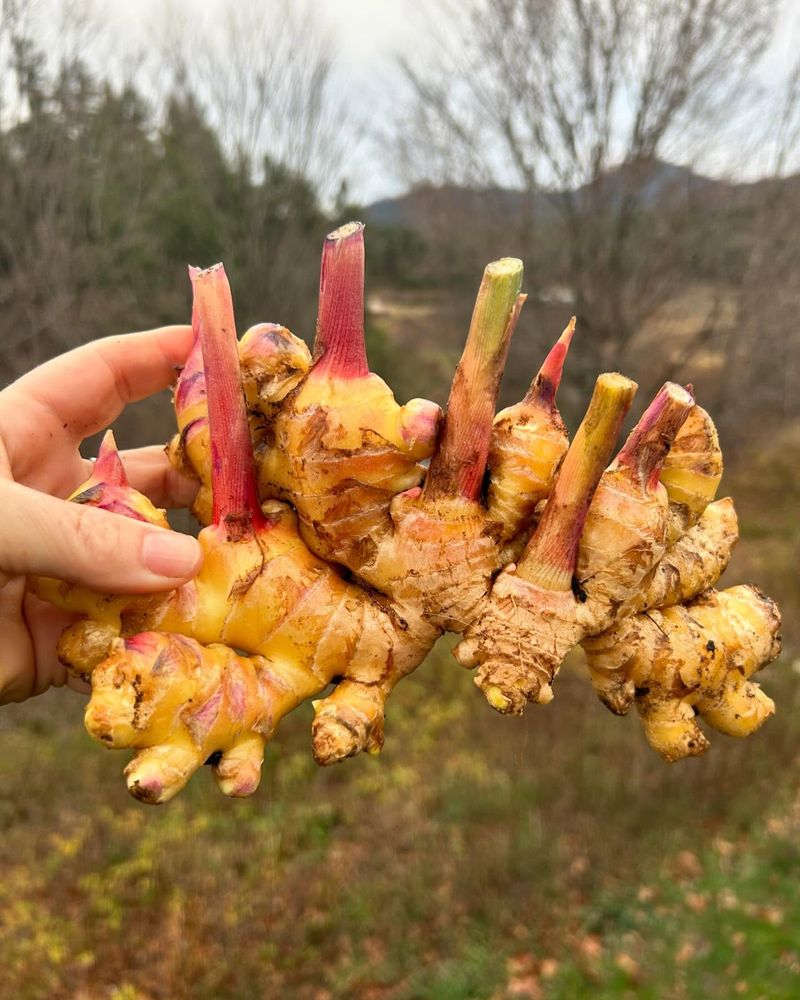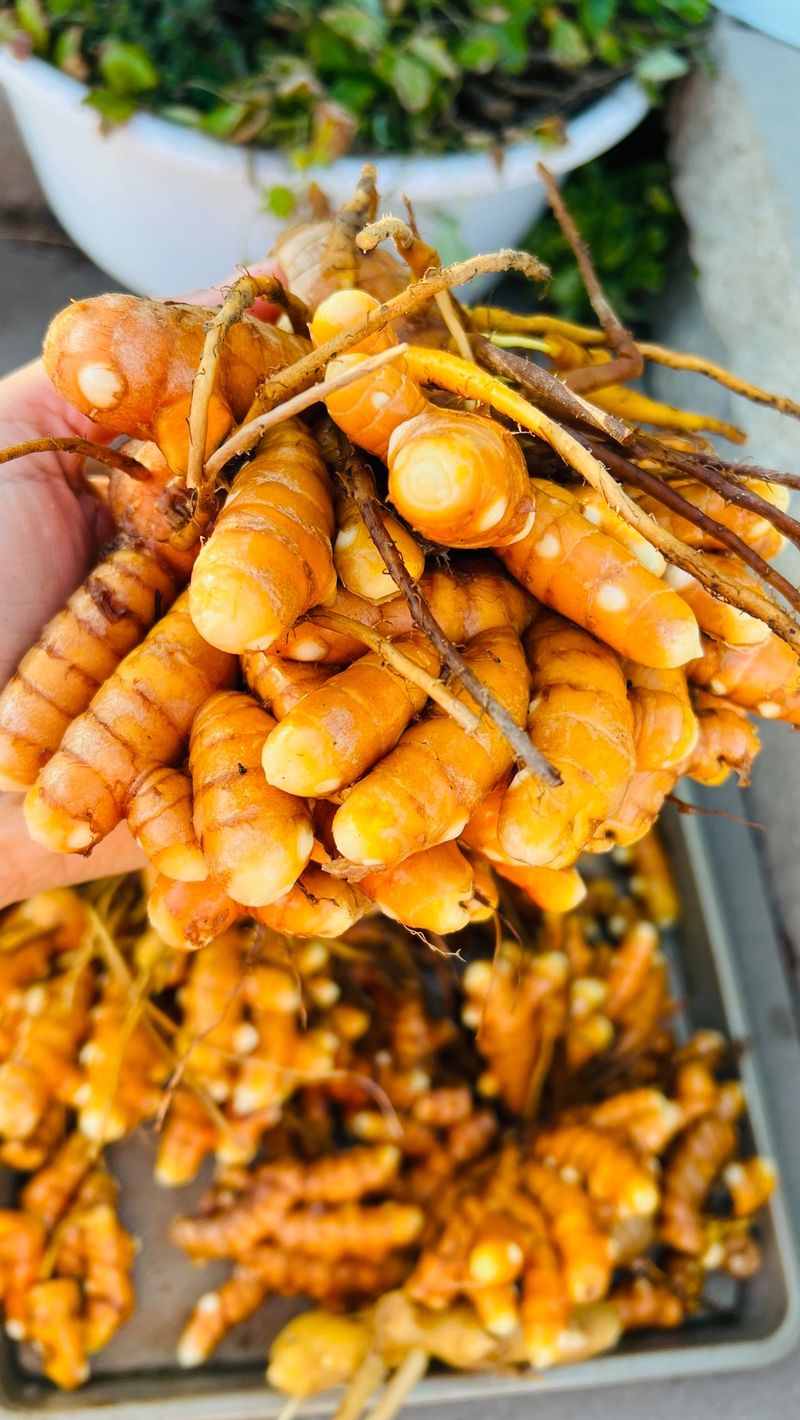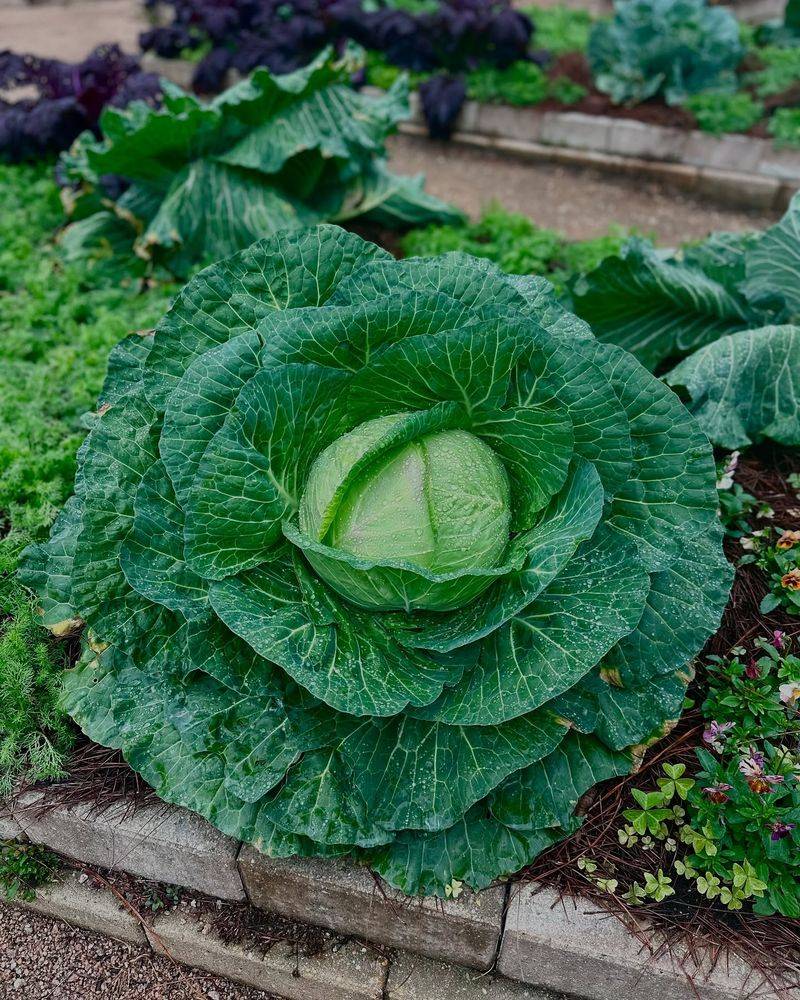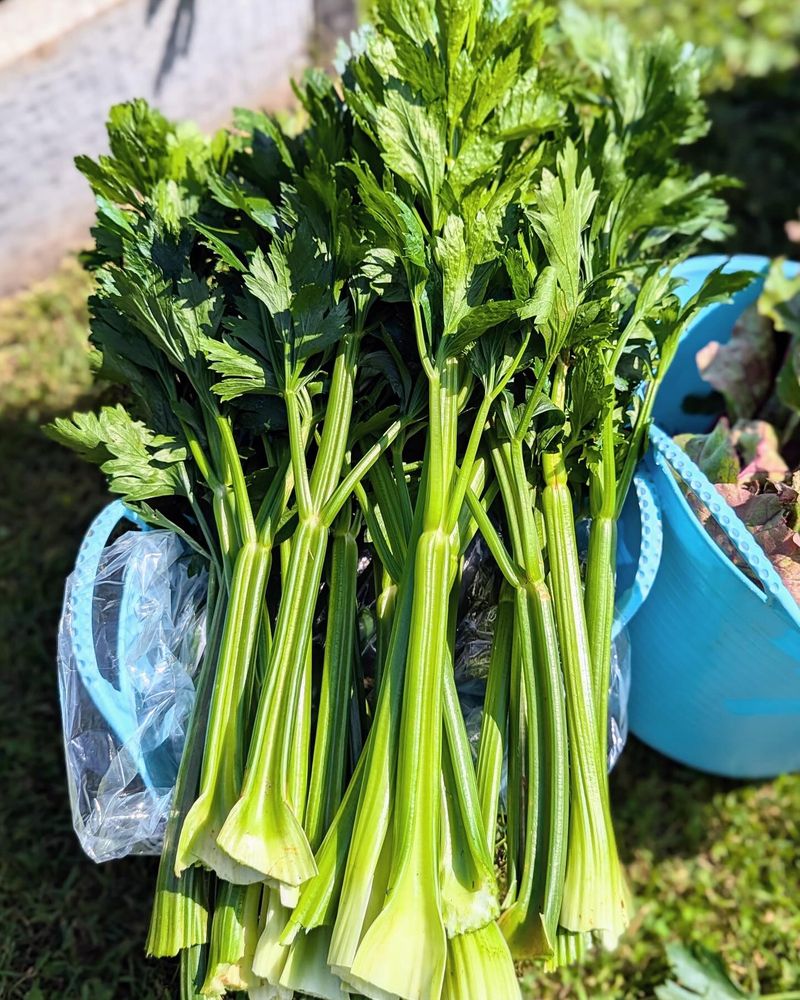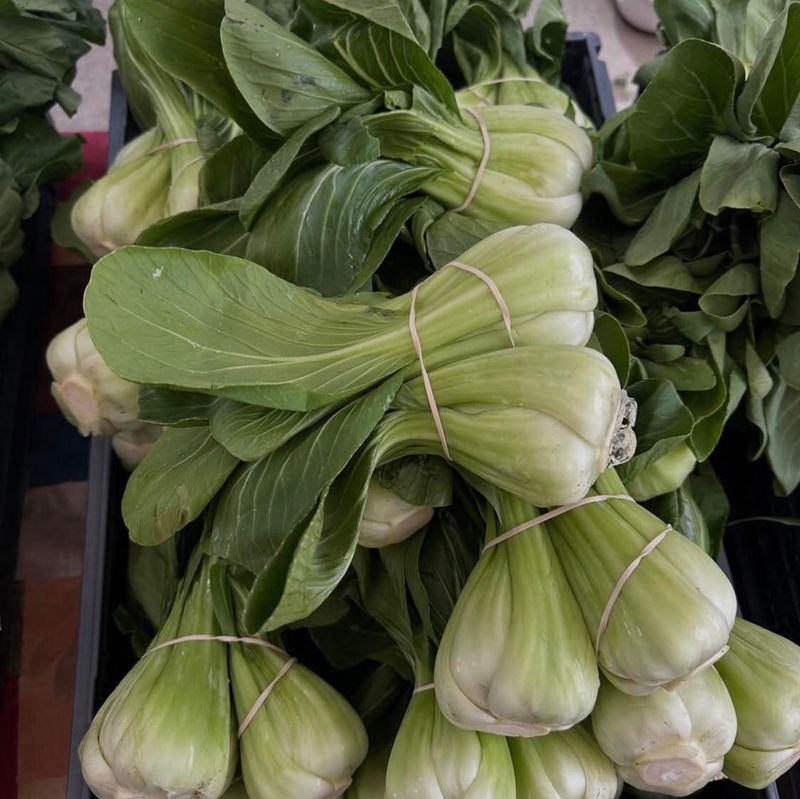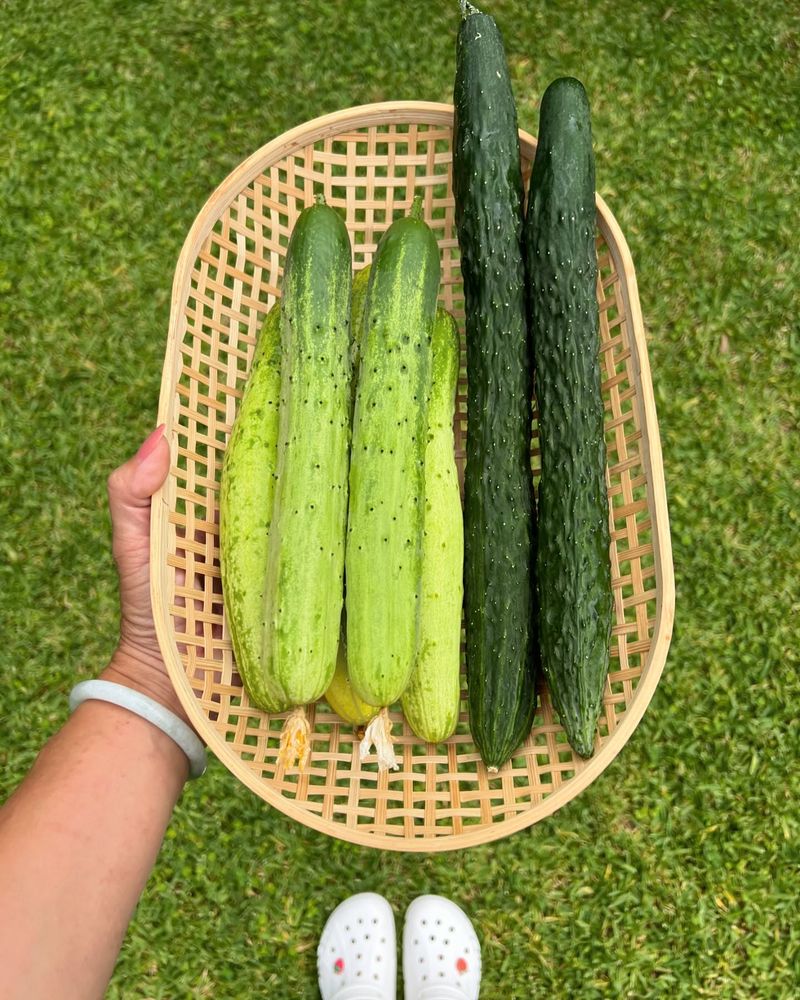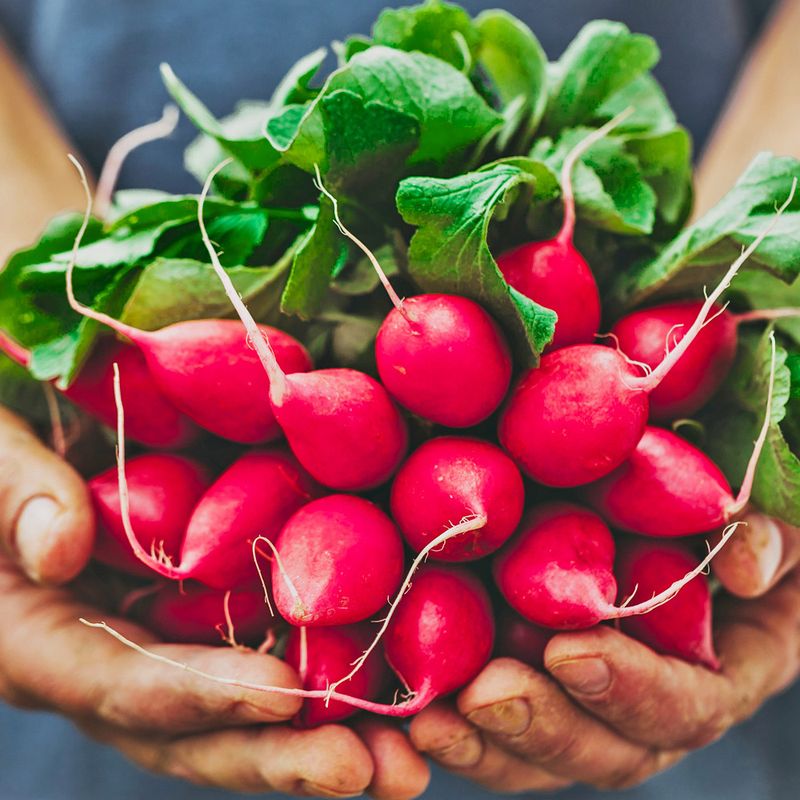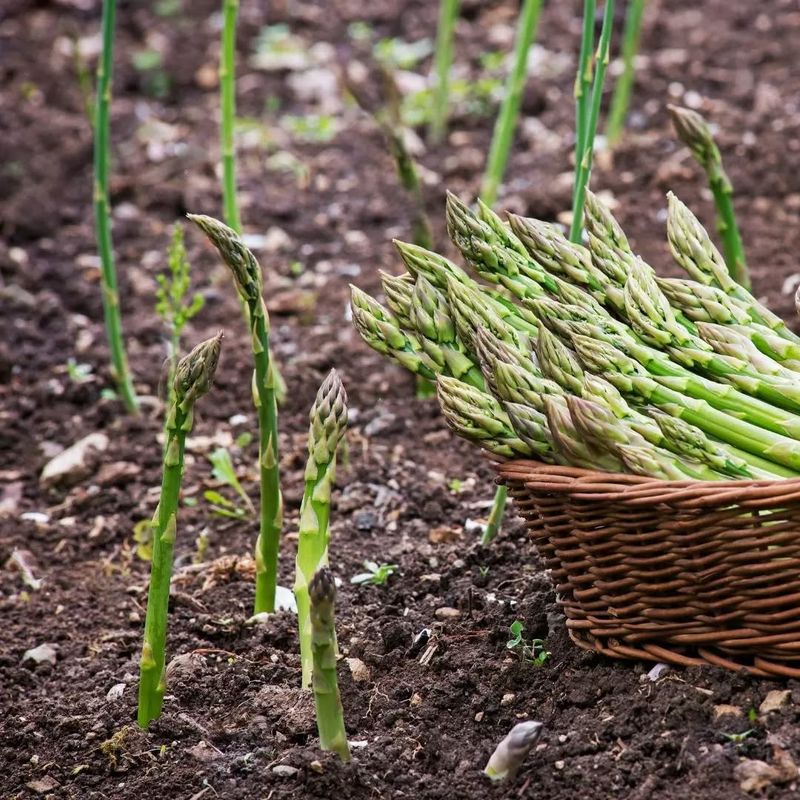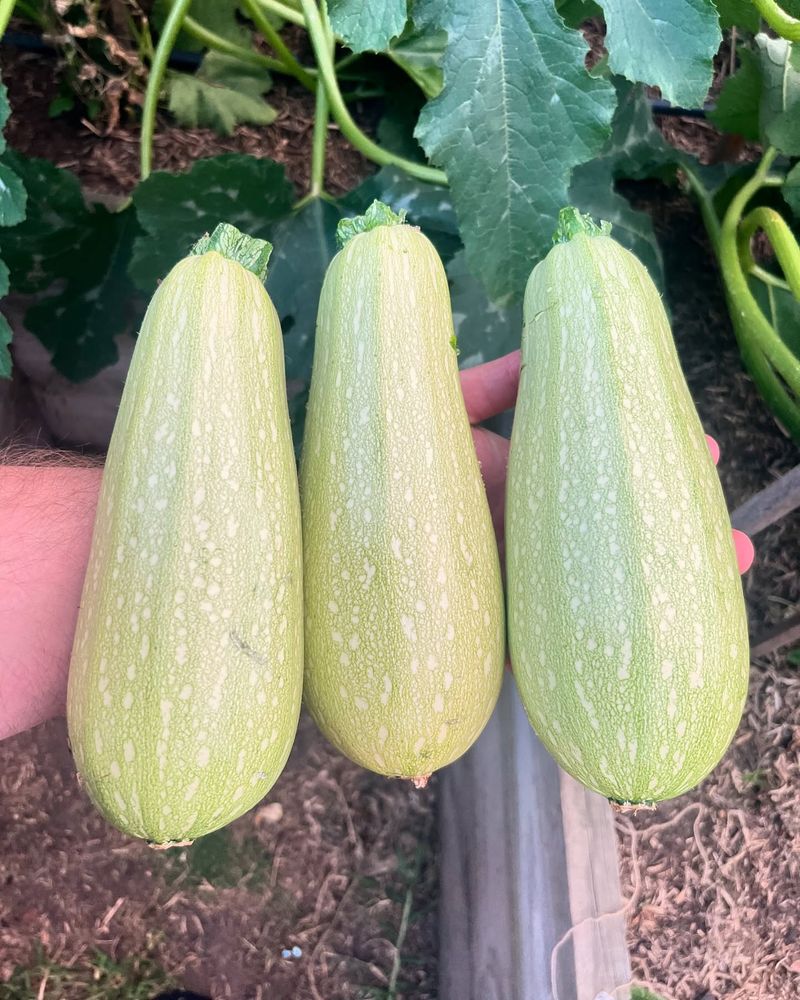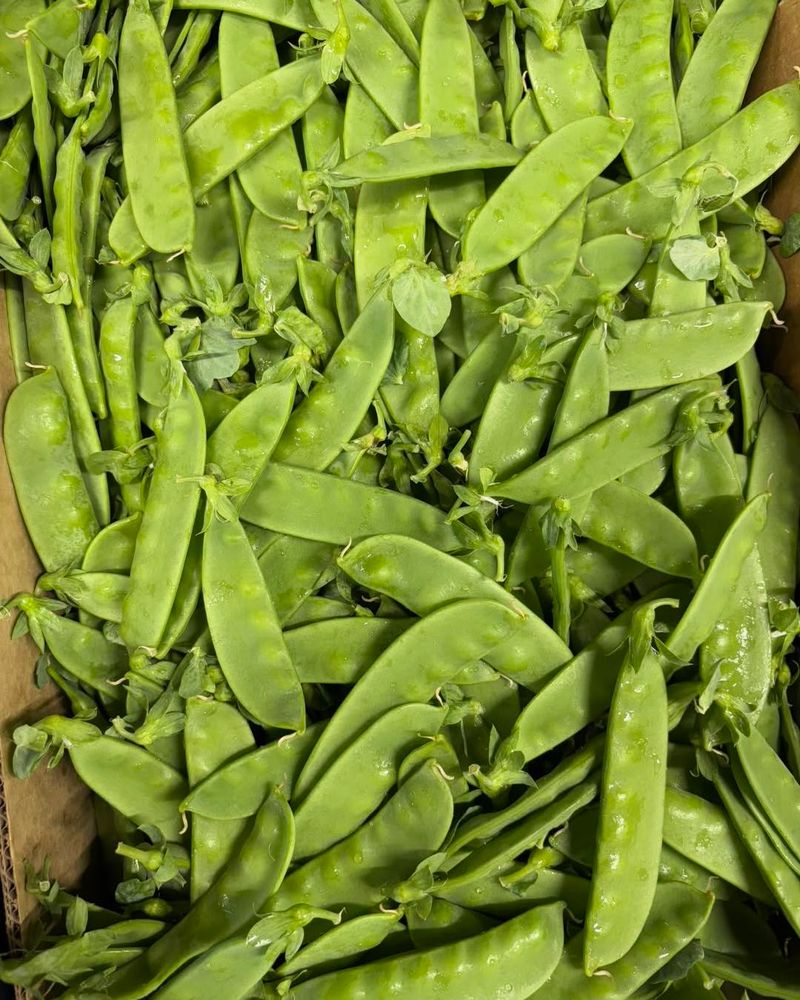I never realized that some of my favorite veggies could actually help calm inflammation while tasting amazing.
Growing them at home turned out to be super simple, and the health benefits were just the cherry on top. These veggies don’t just fight inflammation—they bring color, flavor, and a little extra boost to my meals. Plus, they’re easy to grow, even if you’re new to gardening.
Here are the ones that made a difference in my kitchen and garden.
1. Kale
Packed with antioxidants and omega-3 fatty acids, this leafy powerhouse fights inflammation while thriving in cool weather. You can harvest outer leaves while the plant continues growing, giving you months of fresh greens from a single plant.
Kale tolerates light frost, making it perfect for early spring or fall gardens. Its anti-inflammatory properties come from compounds called glucosinolates, which also support detoxification processes in your body. Growing tip: regular harvesting encourages new leaf production!
2. Spinach
Ready to harvest in just 40 days, spinach delivers a powerful punch of inflammation-fighting nutrients. The kaempferol it contains actively blocks inflammatory signals in your body while providing impressive amounts of vitamins A, C, and K.
This cool-season crop grows easily in partial shade, making it perfect for gardens that don’t get full sun. Even apartment dwellers can grow spinach successfully in containers on balconies or windowsills. For continuous harvests, plant new seeds every two weeks.
3. Broccoli
Growing this cruciferous veggie gives you access to sulforaphane, a compound that switches off inflammation genes. Once planted, broccoli rewards you with a main head plus smaller side shoots that continue producing for weeks.
Homegrown broccoli tastes sweeter than store-bought and contains higher levels of beneficial compounds. The florets aren’t the only edible part – young leaves are delicious in stir-fries too! For best results, plant in early spring or late summer for a fall harvest.
4. Garlic
Simply plant individual cloves in fall, and by early summer, you’ll harvest whole bulbs packed with allicin – the compound responsible for garlic’s powerful anti-inflammatory effects. This kitchen staple improves heart health and boosts immunity while adding incredible flavor to meals.
Garlic practically grows itself with minimal care, thriving in most soil types. As a bonus, its strong scent naturally repels many garden pests, protecting neighboring plants. Studies show that fresh garlic contains significantly more beneficial compounds than store-bought versions.
5. Beets
Rich in betalains, these colorful root vegetables actively reduce inflammation markers in your body. The entire plant is edible – roast the roots, sauté the stems, and add young leaves to salads for maximum nutrition and zero waste.
Beets grow happily in containers or garden beds, making them suitable for any growing space. Their natural sweetness increases when grown in cooler weather. Fun fact: beet juice has been shown to improve athletic performance by enhancing blood flow and oxygen delivery!
6. Carrots
Loaded with beta-carotene and antioxidants, these crunchy roots help neutralize inflammatory compounds in your bloodstream. Carrots can be grown year-round in many climates and store well after harvest, providing months of inflammation-fighting benefits.
Growing them in loose, sandy soil produces the straightest roots. Short on space? Try dwarf varieties in containers or window boxes! Carrots actually become sweeter after light frost exposure, making them perfect for fall gardens.
7. Onions
Containing quercetin, a natural antihistamine and anti-inflammatory, onions are surprisingly easy to grow from sets (small bulbs). Plant them in early spring and forget about them until summer harvest – they require almost no maintenance beyond occasional weeding.
Onions act as natural pest deterrents in your garden while building up their inflammation-fighting compounds. Different varieties offer different flavors – try growing red, yellow, and white for culinary versatility. They store for months after curing, providing year-round benefits.
8. Bell Peppers
Bursting with vitamin C (more than oranges!), these colorful veggies actively reduce inflammatory markers while brightening your garden. The longer they grow, the sweeter they become, changing from green to yellow, orange, or red as they ripen.
Peppers thrive in warm weather and sunny spots, making them perfect summer crops. Their shallow roots make them ideal container plants for patios and balconies. For maximum anti-inflammatory benefits, allow them to fully ripen to their final color before harvesting.
9. Tomatoes
Containing lycopene, a powerful antioxidant that fights inflammation, tomatoes practically grow themselves once established. Cherry varieties are particularly beginner-friendly and produce abundantly from just a few plants all summer long.
Sun-ripened tomatoes contain significantly more lycopene than store-bought ones. Their natural compounds have been shown to reduce inflammation related to arthritis and heart disease. Even apartment dwellers can grow them successfully in pots on sunny windowsills or balconies.
10. Ginger
Famous for its inflammation-fighting properties, ginger grows surprisingly well in containers even indoors. Start with fresh organic rhizomes from the grocery store, and within months, you’ll harvest your own supply of this powerful medicinal root.
Ginger contains gingerol, which blocks inflammatory pathways in your body. Growing your own ensures the freshest, most potent supply. In warm climates, it can become a perennial, providing harvests year after year. Simply break off pieces as needed while letting the rest continue growing.
11. Turmeric
Containing curcumin, one of nature’s most powerful anti-inflammatory compounds, turmeric grows similarly to its cousin ginger. The vibrant orange rhizomes develop underground while attractive tropical-looking foliage grows above, making it both medicinal and ornamental.
Turmeric thrives in containers and can be grown indoors in colder climates. Fresh turmeric contains significantly more active compounds than dried powder. After 8-10 months of growth, you’ll harvest rhizomes that can be used fresh or dried for year-round inflammation fighting.
12. Cabbage
Loaded with anthocyanins and glutamine, cabbage actively reduces inflammation while healing your digestive tract. This cool-weather crop grows beautifully in spring and fall gardens, forming tight heads that store well after harvest.
Cabbage actually becomes sweeter after light frost exposure. Its anti-inflammatory compounds increase when fermented into sauerkraut or kimchi. Different varieties offer various colors and flavors – try growing red cabbage for the highest antioxidant content!
13. Celery
Containing over a dozen anti-inflammatory compounds, celery grows steadily with minimal attention. The entire plant is usable – crisp stalks, flavorful leaves, and even seeds all provide inflammation-fighting benefits while adding depth to your cooking.
Celery appreciates consistent moisture and rich soil. Home-grown stalks contain more flavor and nutrients than store-bought versions. For continuous harvests, cut outer stalks while allowing the center to keep producing new growth throughout the season.
14. Bok Choy
Ready to harvest in just 45 days, this Asian green contains selenium and zinc that help regulate inflammatory responses in your body. Its crisp white stems and tender green leaves grow quickly in cool weather, making it perfect for spring and fall gardens.
Bok choy tolerates partial shade, making it ideal for less sunny garden spots. The entire plant is edible and packed with nutrients. For continuous harvests, try the “cut and come again” method – trim outer leaves while allowing the center to regrow multiple times.
15. Cucumbers
Containing fisetin, a compound that blocks inflammatory molecules, cucumbers grow rapidly in warm weather. Their trailing vines can be trained up trellises to save space, making them suitable even for small gardens or containers.
Cucumbers produce abundantly once they start bearing fruit. Their high water content helps flush inflammation-causing toxins from your body. For best results, harvest regularly to encourage continued production throughout the growing season.
16. Radishes
Ready to harvest in just 3-4 weeks, radishes offer the quickest anti-inflammatory benefits in your garden. Their peppery bite comes from compounds that reduce inflammation while supporting liver function and detoxification processes.
Radishes grow in almost any soil and can be planted between slower-growing vegetables to maximize garden space. Their leaves are edible too – try them in stir-fries or pesto! For continuous harvests, sow small batches every week throughout the growing season.
17. Asparagus
This perennial vegetable contains saponins that fight inflammation while supporting kidney health. Once established, asparagus beds produce for 15-20 years with minimal maintenance, making them one of the most rewarding garden investments.
The tender spears emerge each spring, signaling the start of growing season. While asparagus takes patience initially (2-3 years before full harvests), the long-term payoff is tremendous. Studies show freshly harvested spears contain significantly more anti-inflammatory compounds than store-bought ones.
18. Zucchini
Containing lutein and zeaxanthin that reduce inflammation in eyes and skin, zucchini plants produce abundantly all summer. Just one or two plants provide enough for most families, with each yielding dozens of squash over the growing season.
Zucchini grows quickly and easily, making it perfect for beginner gardeners. The blossoms are edible too – stuff and fry them for a special treat! For the most tender, flavorful squash with maximum anti-inflammatory benefits, harvest when they’re young (6-8 inches long).
19. Swiss Chard
With colorful stems containing betalains that neutralize inflammatory compounds, Swiss chard grows easily in partial shade. This cut-and-come-again vegetable allows you to harvest outer leaves for months while the center continues producing new growth.
Chard tolerates both heat and cold, making it one of the longest-producing garden vegetables. Its anti-inflammatory properties rival those of spinach, but it’s much easier to grow in warm weather. The rainbow varieties add beautiful color to gardens while providing varying antioxidant profiles.
20. Peas
Sweet and crisp, peas contain pisumsaponins that reduce inflammation while supporting heart health. These cool-season crops thrive in early spring and fall gardens, climbing trellises while fixing nitrogen that benefits your soil and future crops.
Peas grow quickly from seed and don’t transplant well, so direct sowing is best. Their natural sweetness comes from converting starch to sugar – the sooner you eat them after picking, the sweeter and more nutritious they’ll be. Even the tender shoots and flowers are edible!

